Florida, renowned for its expansive beaches and vibrant amusement parks, is also a historical treasure trove, harboring significant archaeological sites. From the vestiges of ancient indigenous peoples to the robust fortresses of European colonists, Florida offers a captivating journey back in time for history enthusiasts. Join “Du lịch khắp thế gian” (Travel Around the World) as we explore these unique archaeological locations, where history and culture converge, recounting the millennia-old story of this land.
Archaeological Heritage Unveiling Florida’s Past
Florida’s unique geographical location has made it a melting pot of diverse cultures throughout history. The archaeological sites here are not merely physical remnants but also historical witnesses, narrating the lives, customs, and development of the communities that once inhabited this land.
1. Windover Archaeological Site: Ancient Cemetery
The Windover Archaeological Site stands as one of Florida’s most significant archaeological locations, famed for the discovery of an ancient cemetery dating back 7,000 to 8,000 years. Here, archaeologists unearthed the remains of over 168 individuals, along with numerous burial artifacts remarkably preserved in the peat bog environment.
Windover’s uniqueness lies not only in the number of remains but also in the distinctive burial method. The ancients used wooden stakes to secure bodies to the bog bottom, preventing decomposition. Scientists have successfully extracted DNA from these remains, providing invaluable insights into the origins and genetic relationships of Florida’s ancient inhabitants.
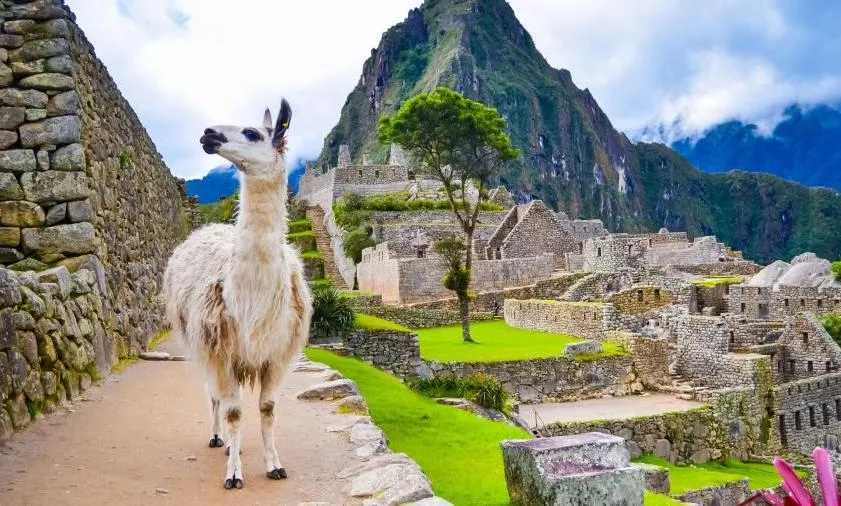
Furthermore, the burial artifacts found at Windover are diverse, including woven fabrics, jewelry made from shells and animal teeth, and stone and bone tools. These artifacts reveal the advanced technical skills and rich cultural life of the ancient Windover people.
2. Crystal River Archaeological State Park: Indigenous Ceremonial Center
Crystal River Archaeological State Park is a vast archaeological complex featuring six large mounds constructed by indigenous peoples between 200 BCE and 1400 CE. This site is considered a crucial ceremonial center for the Deptford and Weeden Island cultures, thriving indigenous societies in Florida’s coastal region.
The mounds at Crystal River vary in shape and size; some served as residences for leaders, while others were used for religious ceremonies and burials. The largest mound, known as Temple Mound, rises over 15 meters and may have housed the complex’s main temple.
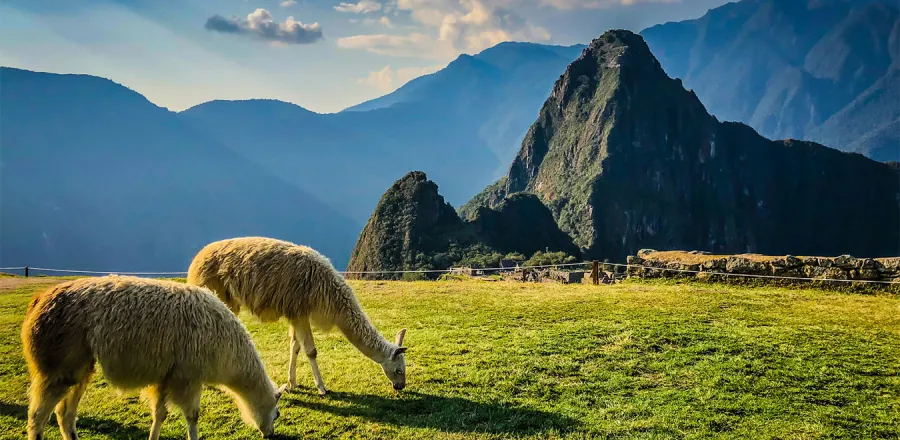
Archaeologists have discovered numerous valuable artifacts at Crystal River, including pottery, stone tools, jewelry, and bronze artworks. These artifacts indicate extensive trade networks between the Crystal River people and other indigenous communities in the Southeastern United States.
3. Fort Matanzas National Monument: Colonial Historical Relic
Fort Matanzas National Monument is a coquina stone fort built by the Spanish in the 18th century to protect St. Augustine, the oldest continuously inhabited European-established settlement in North America, from British and pirate attacks.
The fort is situated on Rattlesnake Island, about 24 kilometers from the coast, controlling access to Matanzas Inlet, a vital waterway leading to St. Augustine. Fort Matanzas was equipped with cannons and garrisoned by a small troop, tasked with alerting the city to any maritime threats.
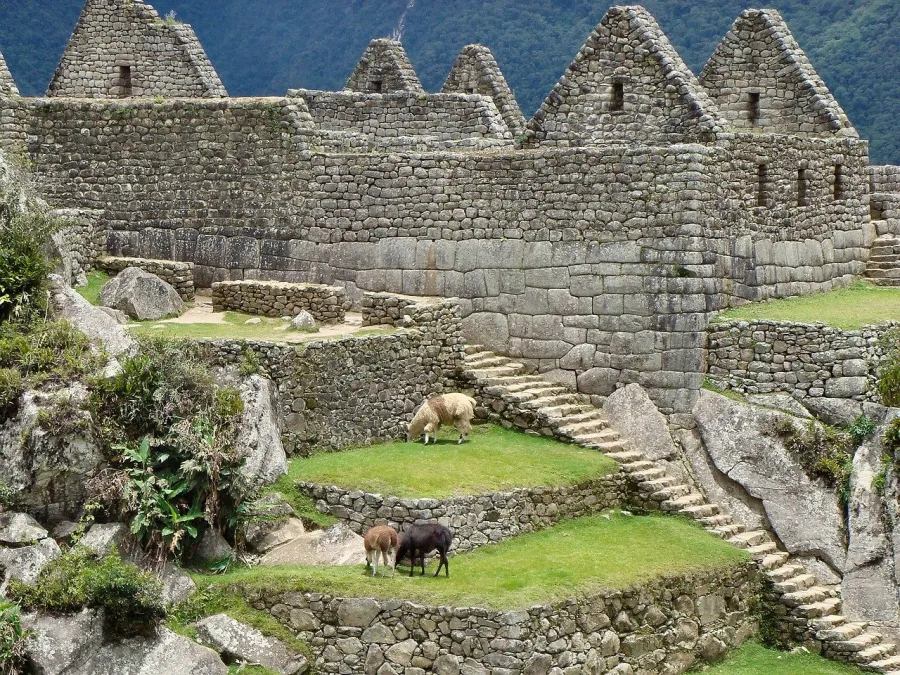
Today, Fort Matanzas is a national historical monument open to visitors. Tourists can take a ferry to Rattlesnake Island, explore the fort, learn about Florida’s colonial history, and admire the beautiful natural scenery.
4. De Soto National Memorial: Marks of European Arrival
De Soto National Memorial commemorates the landing of Spanish explorer Hernando de Soto and his expeditionary force on Florida’s coast in 1539. This landing marked the beginning of European exploration and conquest of Florida.
The memorial is located near the mouth of the Manatee River, believed to be De Soto’s initial landing site. Here, visitors can learn about De Soto’s life and journey, view artifacts related to the expedition, and participate in historical reenactments.
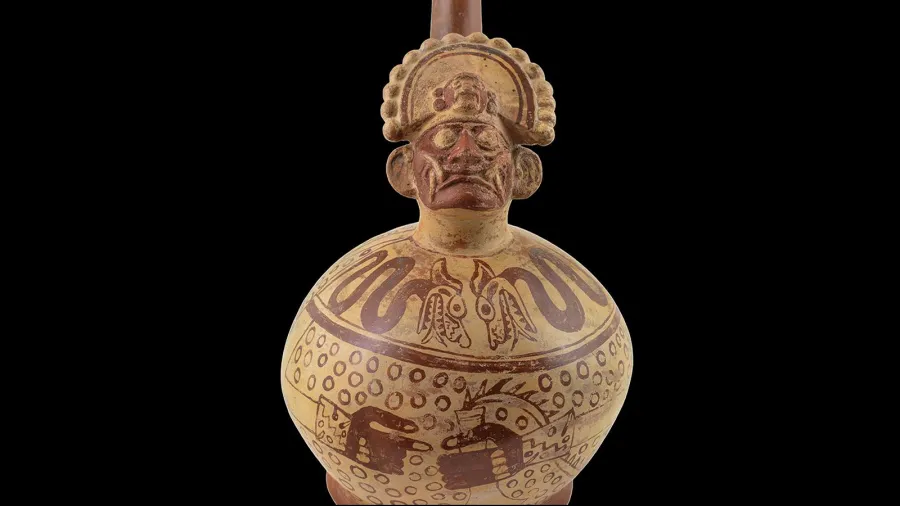
De Soto’s expedition significantly impacted Florida’s indigenous populations. His forces brought disease, plunder, and violence, leading to population decline and cultural changes among native communities.
Exploring Florida’s Archaeological Heritage Tourism
Florida is not only an ideal destination for beach and sunshine lovers but also a paradise for history and archaeology enthusiasts. Discovering the ancient ruins here offers a deeper insight into the past, culture, and people of this land.
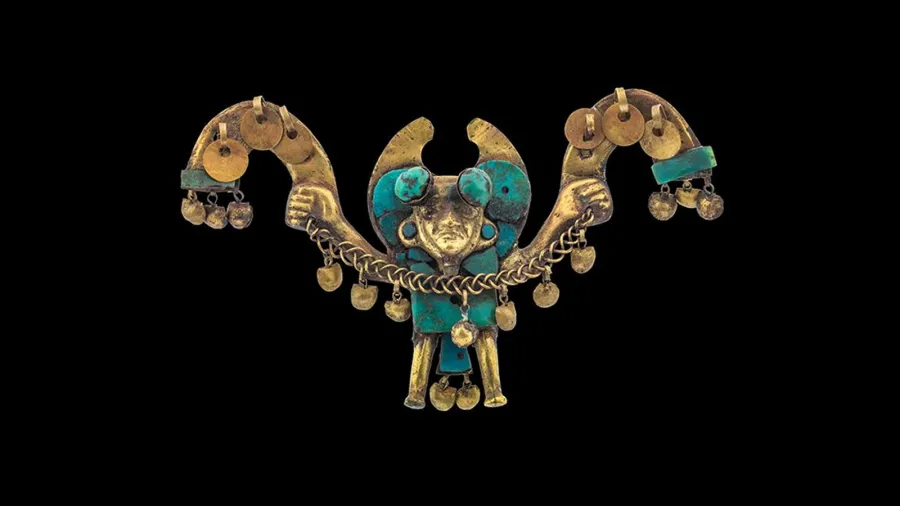
For a fulfilling archaeological heritage exploration in Florida, plan ahead, research the sites, book tours, and prepare appropriate attire. Remember to bring a camera to capture memorable moments and share them with friends and family.
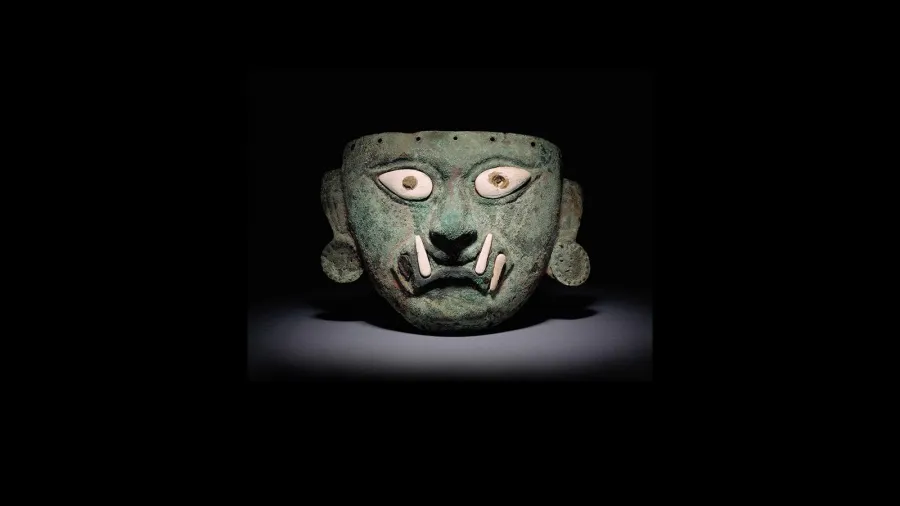
Conclusion
Florida, with its rich and diverse archaeological sites, is a compelling destination for those seeking to explore the history and culture of this region. From the ancient cemeteries of the Windover people to the formidable fortresses of the Spanish, each site carries its own story, contributing to the overall picture of Florida’s past. Come and discover these heritages to better understand the history and people of this “Sunshine State.”